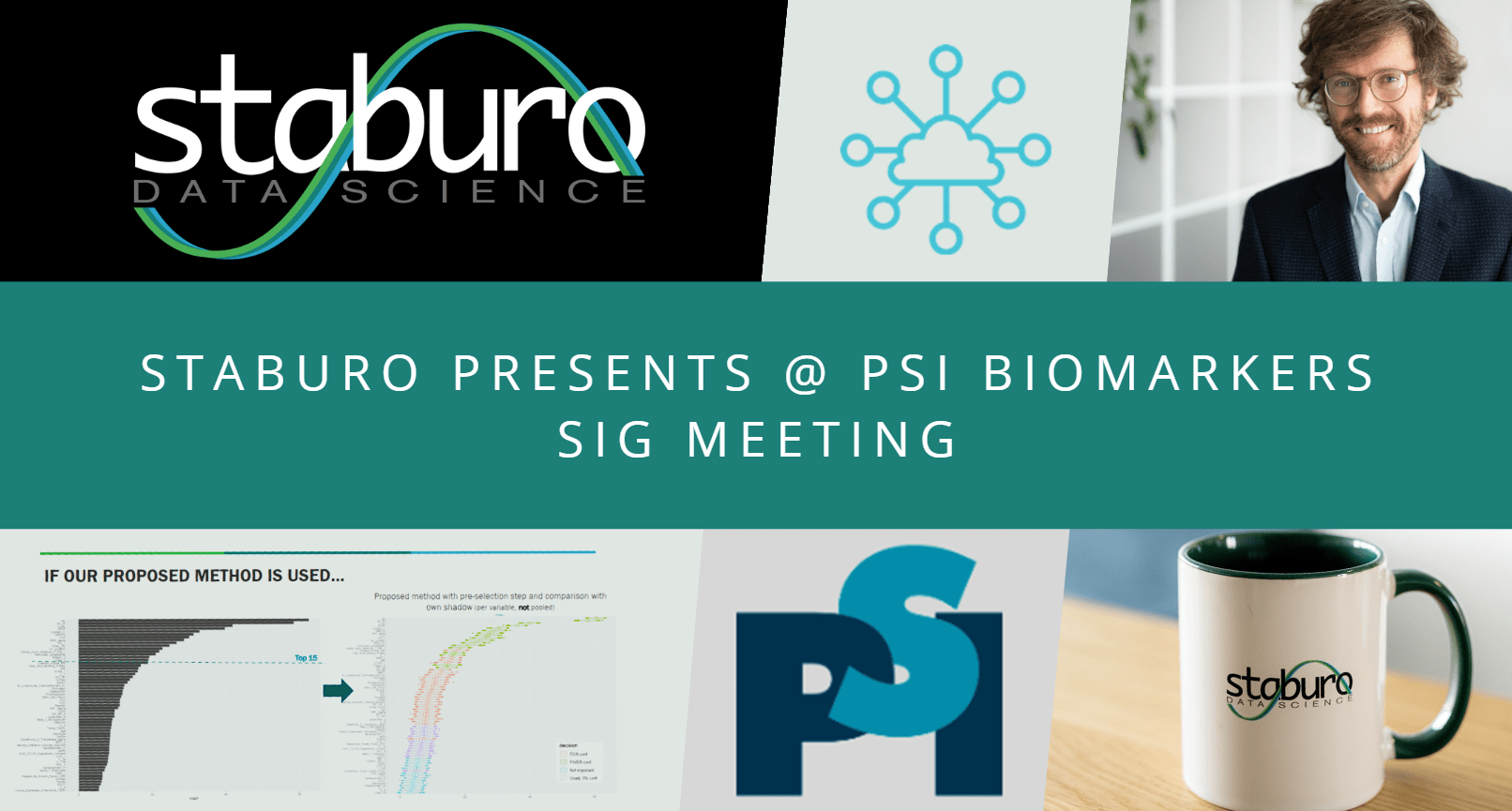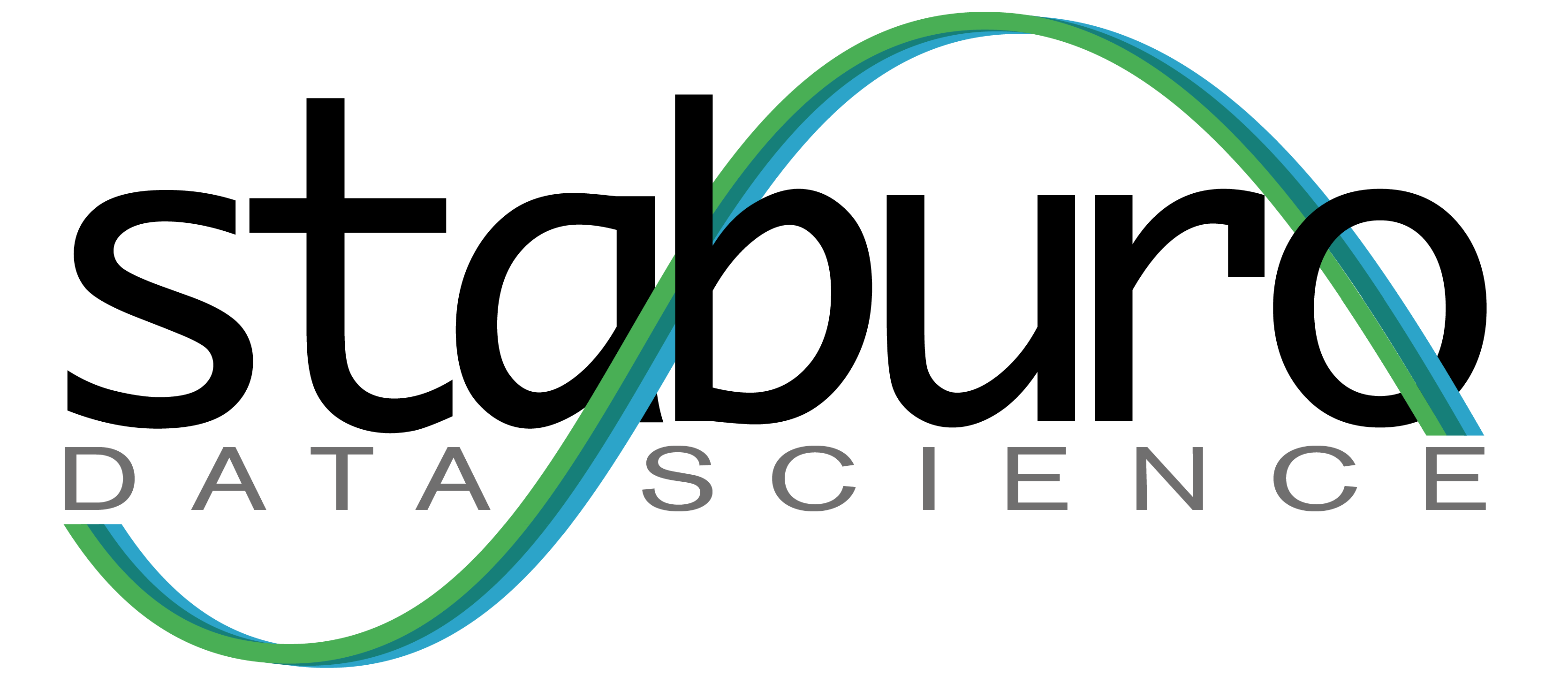
Staburo presents @ PSI Biomarkers SIG meeting
A couple of weeks ago, Staburo’s Head of Biostatistics and Managing Director, Hannes Buchner, took the opportunity to share insights from the research project titled “Deriving Interpretable Thresholds for Variable Importance in Random Forests by Permutation” at the monthly meeting of the PSI Biomarkers European Special Interest Group (SIG).
PSI, a non-profit community, is committed to advancing and promoting the use of statistics within the healthcare industry to ultimately benefit patients. Connecting over a thousand members and fostering communication among more than 2000 individuals in its online communities, PSI offers a platform where professionals can exchange ideas and network. Throughout their careers, members are supported with resources such as scientific meetings, online training, networking events, and the journal Pharmaceutical Statistics.
The PSI Biomarkers SIG, comprising 44 members from industry and academia, aims to develop advanced analytical methods for biomarker analysis in clinical development. The group also seeks to enhance interaction with various disciplines and establish connections with other SIGs.
Hannes’ presentation detailed a collaborative effort between Staburo employees Laura Schlieker, Maria Blanco and Tim Müller, Armin Ott from Roche Diagnostics and Roman Hornung from the Institute for Medical Information Processing, Biometry and Epidemiology, University of Munich. The project explores the Random Forest (RF) method and its application in high-dimensional data analysis, biomarkers research, and personalized medicine. The research group has been focused on identifying all relevant covariables in RF predictions. During the presentation, Hannes introduced the Boruta algorithm, outlined the improvements proposed by the research group, and compared the performance of both methods using real and simulated data sets.
Staburo’s participation in the PSI Biomarkers SIG meeting was an opportunity to engage with its members – thanks for the great organisation!

Recent Comments